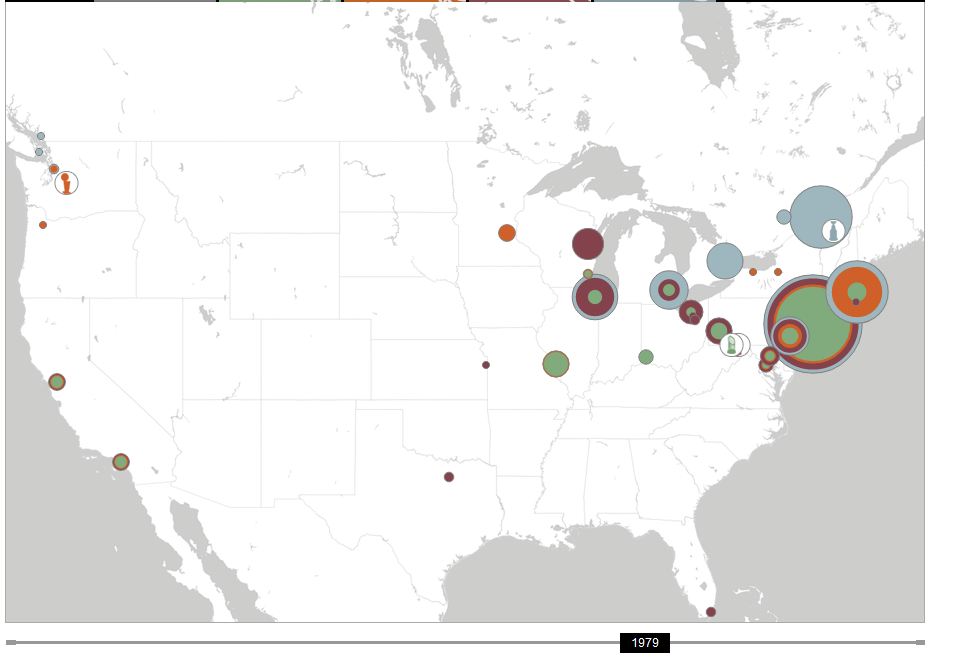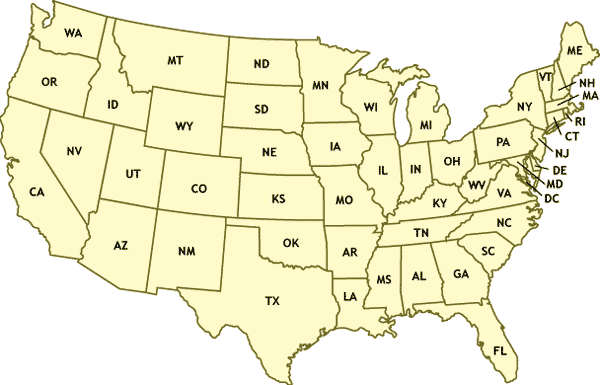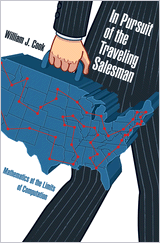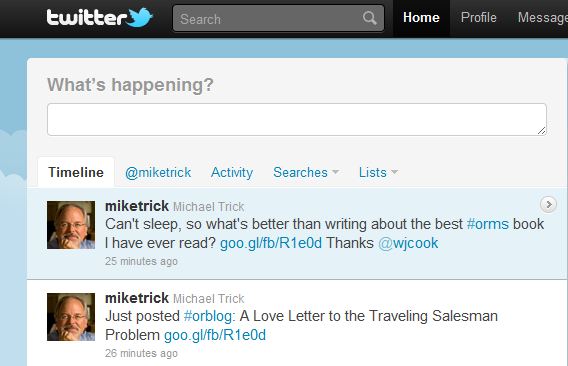Further to INFORMS recognitions, now is the time to nominate people for INFORMS Fellow. I was on the board when plans for the Fellow’s program got underway and I, like many, was a little leery. Way back in the early 1950s, the Operations Research Society of America (ORSA) started a Fellow’s program that led almost immediately to the creation of The Institute for Management Science (TIMS) by those who were not selected as Fellows (this is an oversimplification, and I wasn’t there: how old do you think I am!). I know of many organizations ripped apart by arguments over who gets to be a Fellow and who isn’t. It is really awful when a Fellows program gets to be a schoolyard argument over who gets to sit in the treehouse.
On the other hand, practically the first question asked for nomination to the National Academy of Science (or Engineering) is “Is the candidate a Fellow of their professional society”. Without this designation, operations research people are at a disadvantage. So the Fellows program came in to being (Jim Bean, my predecessor as President of INFORMS, played a big role in designing and implementing the program).
I was fortunate to be President of INFORMS for the inaugural class in 2002, so I got to shake hands with Dantzig, Arrow, and a host of others. It was a great thrill (forever memorialized in an OR/MS Today article where it looks like all the famous people are shaking hands with a cardboard cutout of me!). And, while I know there are those who are not Fellows who should be (fewer and fewer every year), the society has seemed to survive this program.
The process for Fellows is now in the hands of the existing Fellows. They (well, “We” since I became a Fellow a few years back) have put out a call for nominations:
The Fellow Award recognizes members who have made significant contributions to the advancement of operations research and the management sciences. The contributions of a nominee will be evaluated in each of the following five categories and contributions must be outstanding in at least one category: research, practice, management, education, and service. INFORMS will name its tenth set of Fellows at the INFORMS Annual Meeting 2012 in Phoenix, AZ, in October 2012. The nomination deadline is June 30, 2012.
Remember – a maximum of four reference letters, including the letter from the nominator, may be submitted.
[The complete nomination guidelines are at]:http://www.informs.org/Connect-with-People/Fellows/INFORMS-Fellows-Nomination-Procedure
The complete list of current Fellows is at http://www.informs.org/Connect-with-People/Fellows/Fellows-Alphabetical-List




